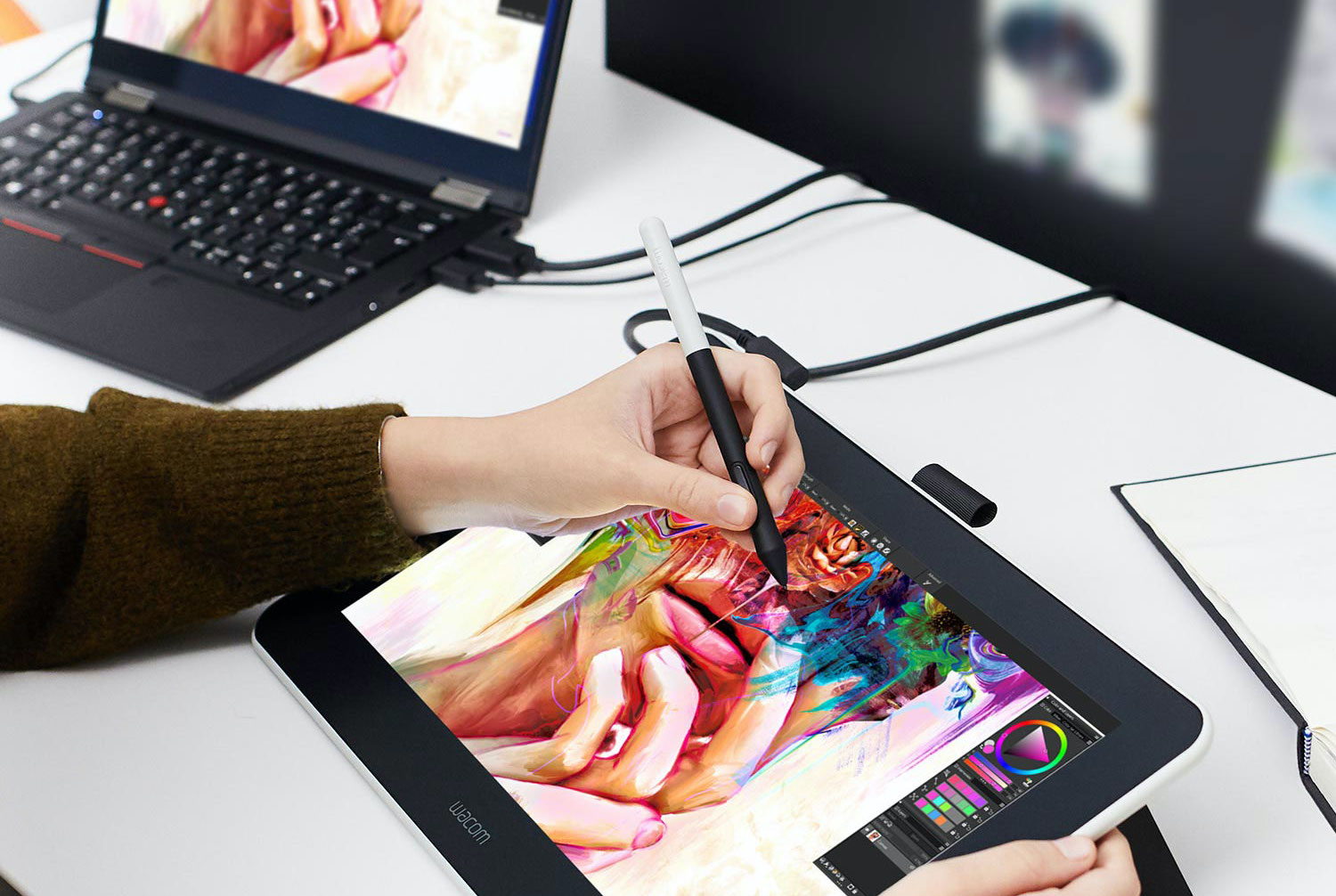
Congratulations: You’re going to art school! Or maybe your child is, or your partner, or perhaps you’ve just taken the bold move of enrolling in your first digital art class. Whatever it is, it’s awesome, and now it’s time to figure out which tools for art students you’ll need. Digital artists, photographers, and animators can really benefit from using dedicated digital art tools. Unlike other tech-based jobs, like writing or coding, it’s tough for an artist to get by with just a keyboard and a mouse (or trackpad). The precision you can get from items like styluses and drawing tablets is unparalleled by older forms of technology.
Tools for art students: Two types of tablets
If you’re new to digital art, it might surprise you to find out that there are actually three types of tablets. (We’ll discuss the most common two first, then get into the specialized version.) First, there are the touch-screen display tablets that work like powerful smartphones. Some of examples of these are the iPad, the Surface, and the Samsung Galaxy Tab. These tablets are multi-use. They’re great for people who are starting their digital art or graphics careers, but they have limited processing power.
Then, there’s the drawing tablet, which has been around in some form or another since 1957. The first graphic tablets were designed only to recognize handwriting; today, they can create digital renderings of everything from handwriting to full-scale digital paintings. For most students, an iPad or iPad-style tablet is the best option. They’re a simple solution for students use for art and academic classes, and they’re easy to transport. They can be used solo, without a ton of accessories or a separate computer, which makes them easy to take to class.
However, for students in the fine arts, graphic tablets are tools that are not to be underestimated. The graphic tablet market is dominated by Wacom, who make passive tablets—AKA tablets with non-electronic styluses—at price points for both students and professionals. Many of their products offer detailed pressure sensitivity and a paper-like feel. Their more professional designs feature even more pressure levels, as well as options like pen tilt and increased sensitivity.
Professional-grade drawing tablets: Pen displays
For fine art students who take their art very seriously, a lower-end tablet might not cut it. If you’re planning to create vast artworks, or extremely intricate animations, you may need something more powerful. Many students who sell their artwork on the side will opt for this style of tablet, perhaps to hone their skills to get ready for an internship or perhaps to create professional works that they can sell online to help pay for their degree. In cases like these, I recommend opting for a pen display: a touchscreen drawing tablet with a high-quality digital display.
If you’re ready and able to take the plunge, a drawing tablet with a touch screen will allow you to work directly on your image, video, animation, etc. You won’t lose track of your pixels as they translate from a tablet under your hand to the screen in front of you. Expect a smooth user experience for high-end tablets, which are optimized for 3D animation, and a precise but laggier experience with your budget buys.
Once upon a time, this style of tablet was the only option for digital artists who wanted to work directly on their screen. However, that’s no longer the case. For many artists, the iPad Pro works just as well or better than other tablets. The Pro can be used for both drawing and animation, and it isn’t limited to tablet functionality (unlike earlier iPad designs)—you can hook it up to your more powerful computer to use it as a pen display.
Styluses and other tools for art students
For most students, a basic graphics tablet or a smartphone-style tablet is more than capable of getting the job done. It’s tough to create a masterpiece using just your stubby fingers, though, so a stylus is a must! (I mean, have you ever tried to draw a freehand straight line with your finger on an iPad? I’m convinced that it simply cannot be done.) A simple stylus makes using a tablet easier for anyone. Even for basic applications, getting in the habit of using a stylus instead of your finger can keep your motions precise and your dexterity high.
But for art and other detailed work, styluses really are essential. They introduce something to your tablet that your finger can’t offer: pressure and angle sensitivity. With a basic stylus, you gain the benefit of a super fine point. With an art stylus, however, you get a lot more. Many styluses feature thousands of points of pressure sensitivity, angle awareness, and textured tips. These features allow you to get more out of your stylus than a mouse, unlocking the ability to create realistic-looking calligraphy, brushwork, shading, and more. When your tablet knows how hard you’re pressing and the angle of your brush, it can create a lifelike drag and opacity for each stroke.
Make sure to find out if your stylus is battery-powered before purchasing. Some, like many of the ones used with drawing tablets, are not electronic. Others, like the Apple Pencil or Microsoft Surface Pen, need to be recharged.
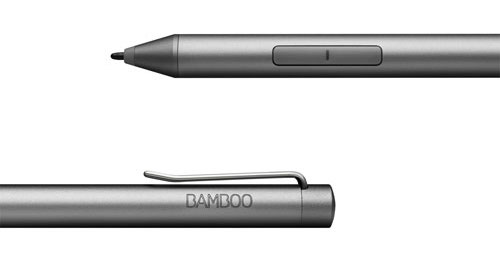
Set up your art tablet
Finally, one last tool to consider for your burgeoning artist or art career is a great tablet mounting system. Crouching over a tablet can cause eye and back strain, especially when it’s flat on your desk, but a mount is an easy way to essentially set your tablet up like a sketchbook on an easel. Consider mounting your tablet, buying a small angled stand for it, or investing in a sit-stand desk to help manage the long hours of art school or a career in the digital arts.
A tablet mount probably won’t be going to art class with you, of course, but, well: Artists rarely haul around their easels, either! That doesn’t mean they aren’t still an essential part of an atelier.
Shop tablets and drawing tablets at Best Buy today.

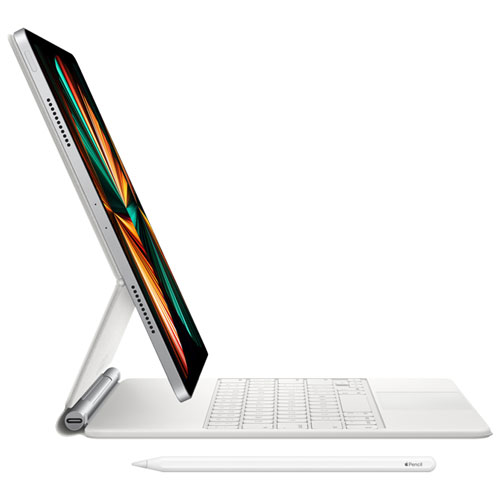
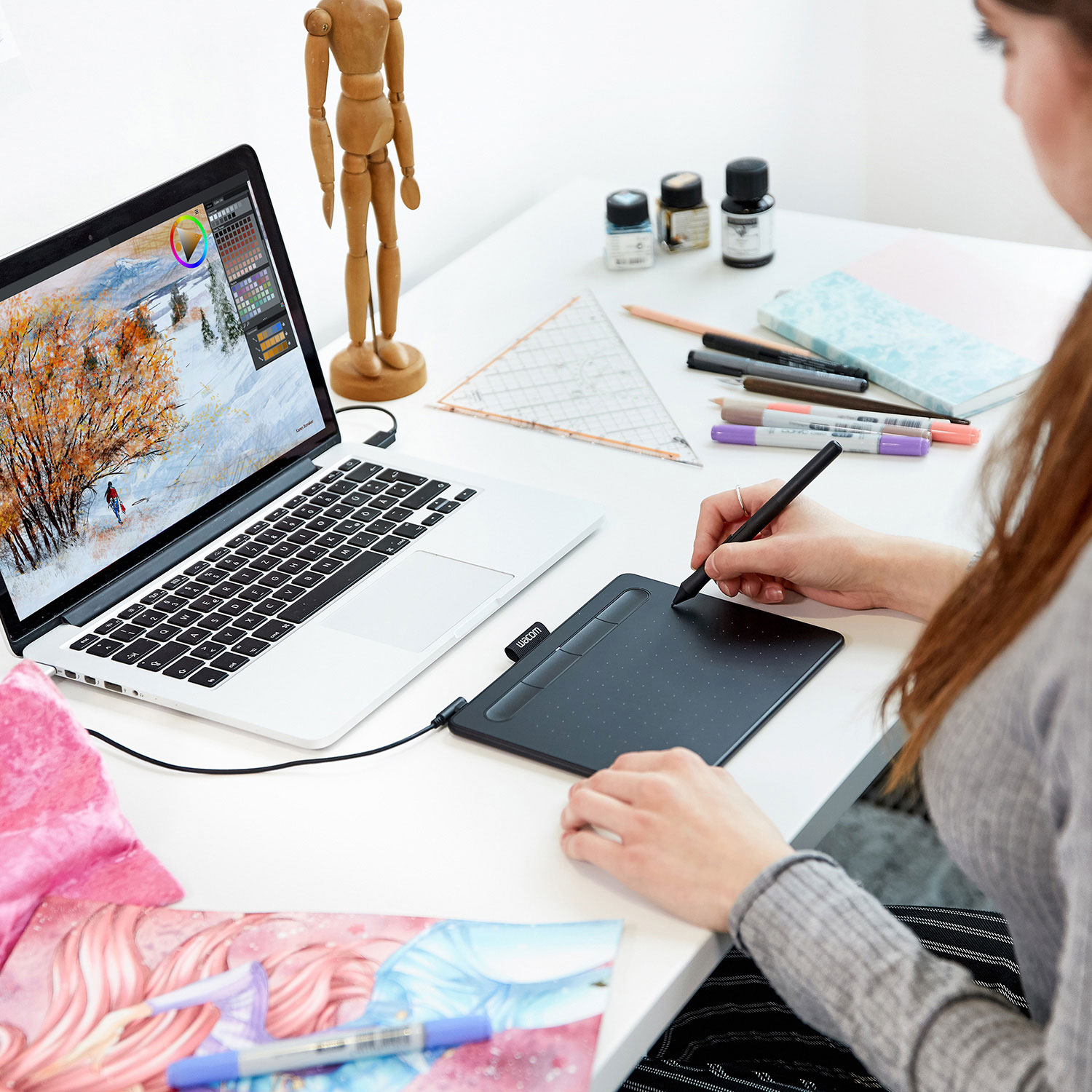
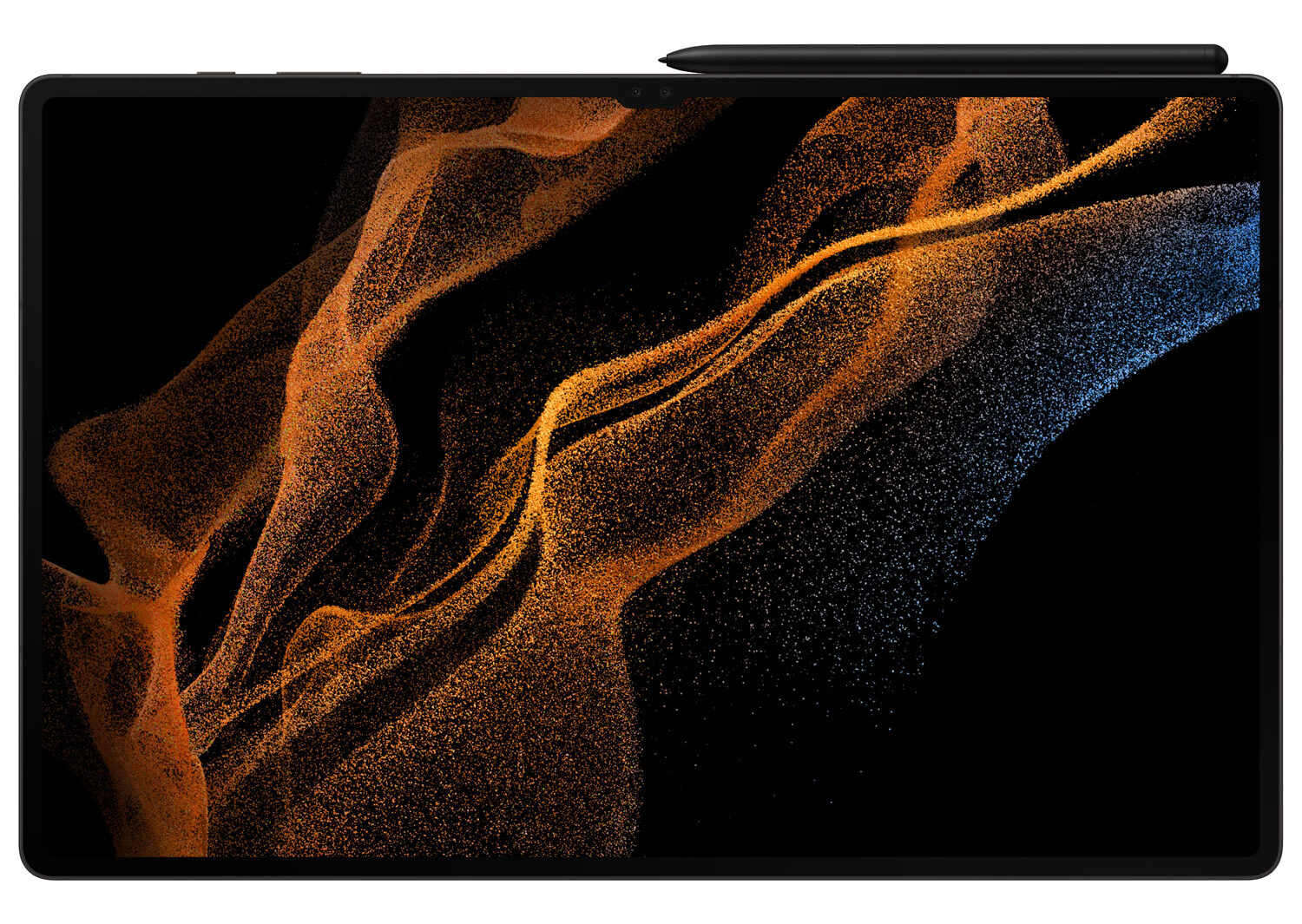



Let’s go with the iPad Pro. It can be used for both drawing and animation.
Wacom One Creative Pen Display would be my choice for its paper like feel.
IPad Pro because it’s versatile
The iPad Pro would be the best tool for me! It is incredibly versatile. I can download Procreate and use it for illustrating and I can also take notes on it for class! Best of both worlds!
I would love the iPad Pro since I am most familiar with apple products.
I think the iPad Pro would best suit my needs since it can be used for drawing and gaming.
I think the iPad Pro would be best for me I could use it to draw and gaming.
The iPad Pro would best suit my needs since it can be used for drawing and gaming
I think the iPad Pro would be best for me I could use it to draw and use it for gaming.
I think the iPad Pro would be best for me i could use it to draw and play games.
Ok think the iPad Pro would be best for me I could use it to draw and use it for regular things too.
the iPad Pro would be best for me I could use it to draw and use it for regular things to
We think the iPad Pro would be best for me I could use it to draw and use it for regular things
I think the iPad Pro would be best for me I could use it to draw and use it for regular things too.
The iPad Pro suits my needs the best.
I would use a Wacom One Creative Pen display to further my digital painting! I use Photoshop and love to make my own brushes 🙂
I would stick with the iPad Pro for its functionality! Thanks for the opportunity.
The iPad Pro would suit my needs
The Wacom One Creative Pen Display would work best since it has a stylus with pressure sensitivity.
I would love a Wacom Cintiq Pro 24 Creative Pen Display. It has a great 4K display, a 99% Adobe RGB colour gamut and a great a stylus with a pressure sensitivity.
Would love to have the Wacom One Creative Pen Display as a person just getting into the digital drawing arts it would be an excellent place to start with my skills and mastery of the art form.
The iPad Pro would best suit my needs since it can be used in several ways
I bought a Ipad Pro for the direct pen display like drawing experience that can be taken anywhere and not tied to a PC setup. Though you are limited in software choices. Though I would like to one day upgrade to a Wacom Cintiq pro 24 when I have the space and more time to do art.
I like the iPad Pro for its versatility.
I think the iPad Pro is the best so multi-functional.
Comments are closed.